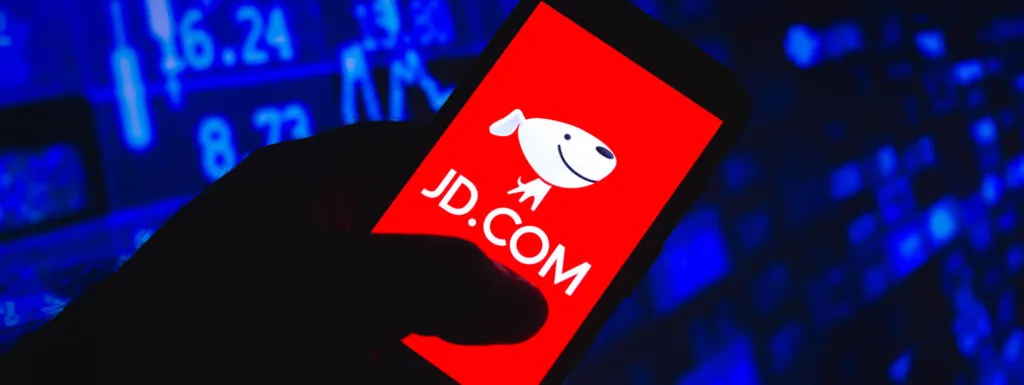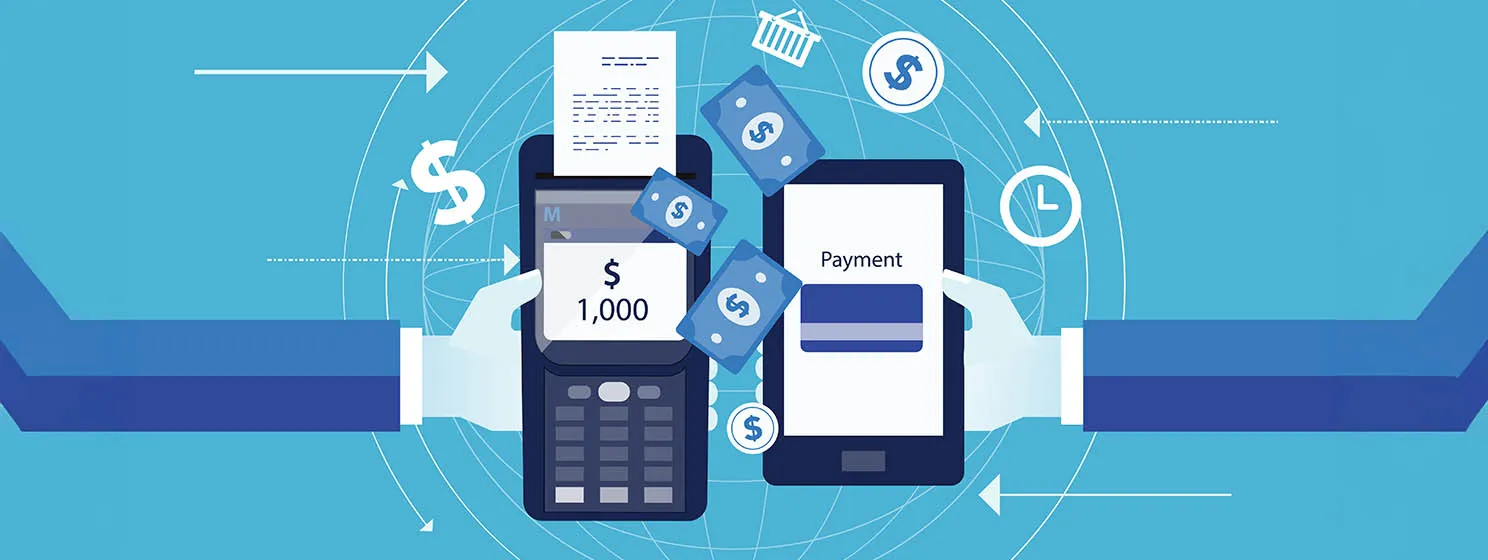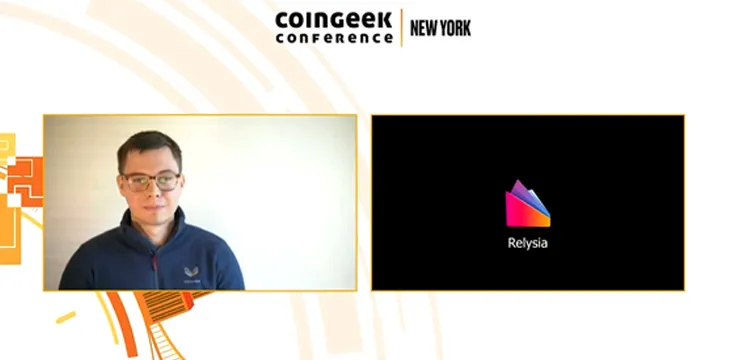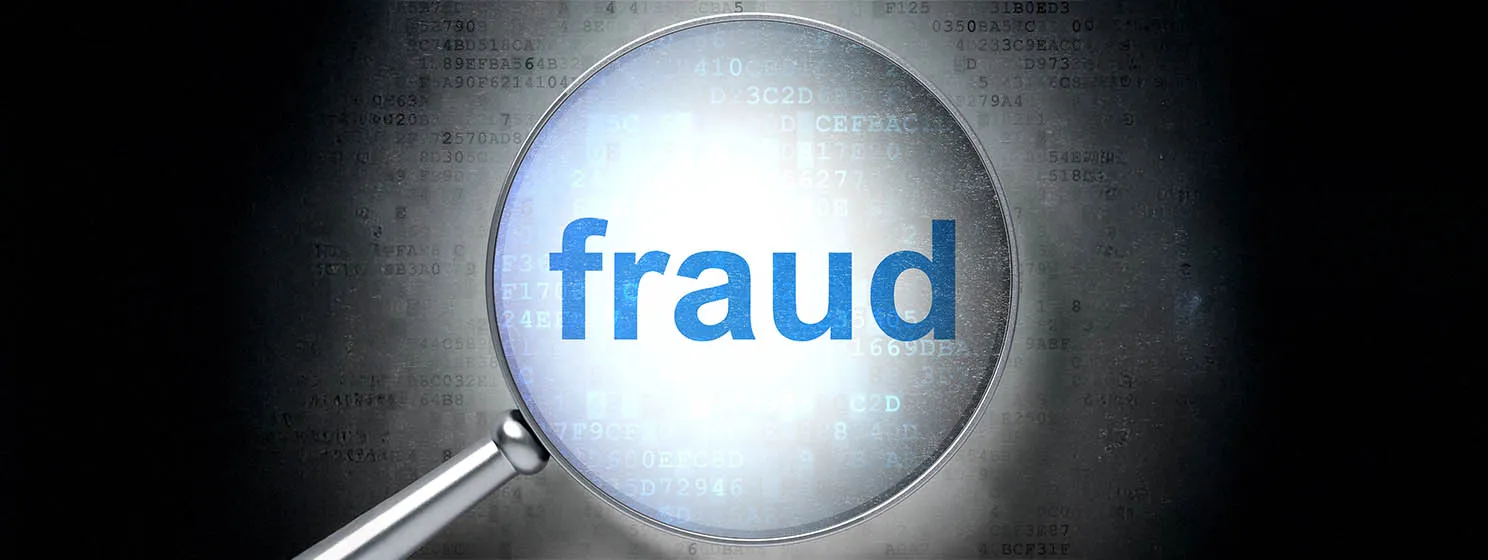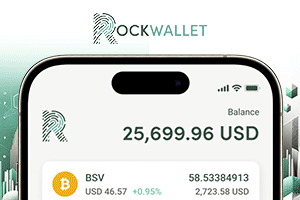
Bank of Korea
Ban on Kimchi bonds ends; Singapore’s new law kicks in
South Korea banned the Kimchi bonds in 2011, but a dip in USD liquidity in the forex markets has forced...
JD.com forays into stablecoins as South Korea voices concern
JD.com plans to obtain a license in Hong Kong and launch a stablecoin this year before expanding into every major...
1 in 4 South Koreans own digital assets: study
The study found South Koreans in their 40s were the most active in digital asset accumulation, with speculation and short-term...
South Korea unveils bill to allow stablecoin issuance
Under the proposed legislation, the authority will fall to the country's top finance sector watchdog, the FSC, instead of the...
South Korea mulls deposit tokens on public blockchains
The Bank of Korea believes such a move would allow the country to stave off rising competition from private stablecoins...
South Korea’s DPK forms digital asset committee ahead polls
The Bank of Korea wants to have regulatory supremacy over won-pegged stablecoins, but the new committee says the FSC would...
Recent
Trending
Most Views

 07-05-2025
07-05-2025 

